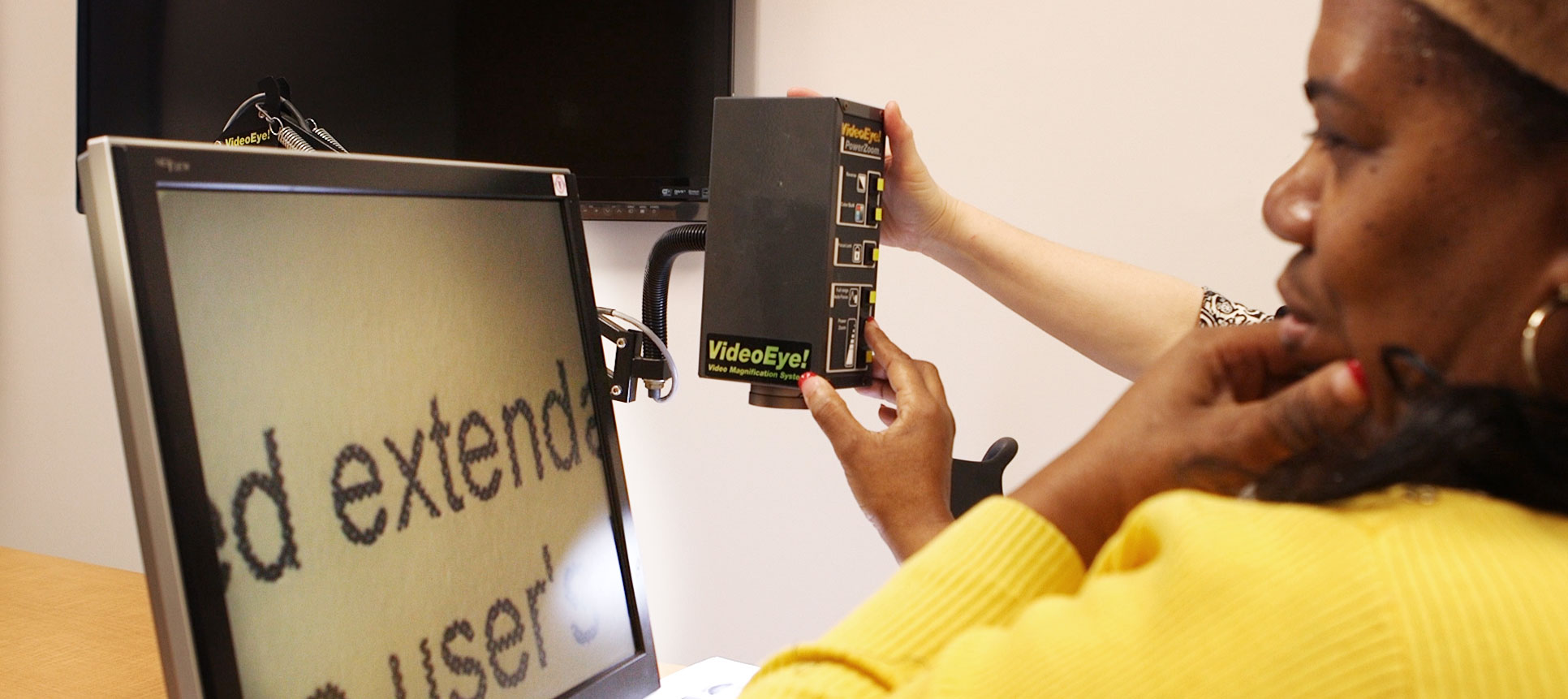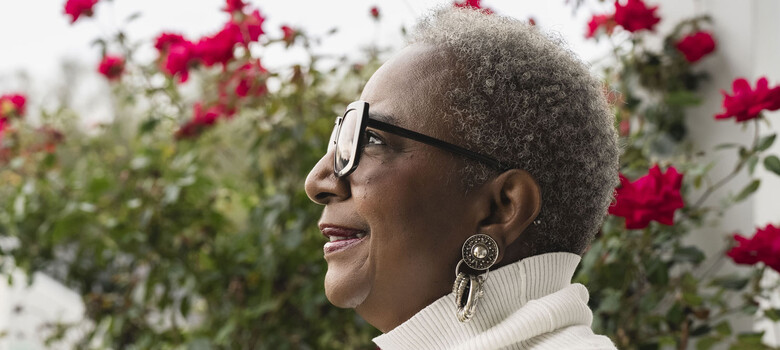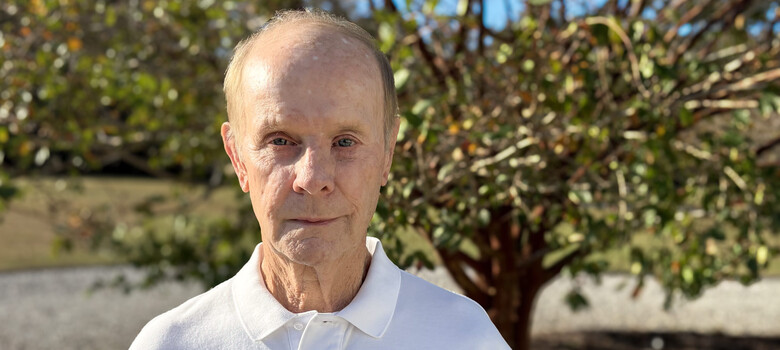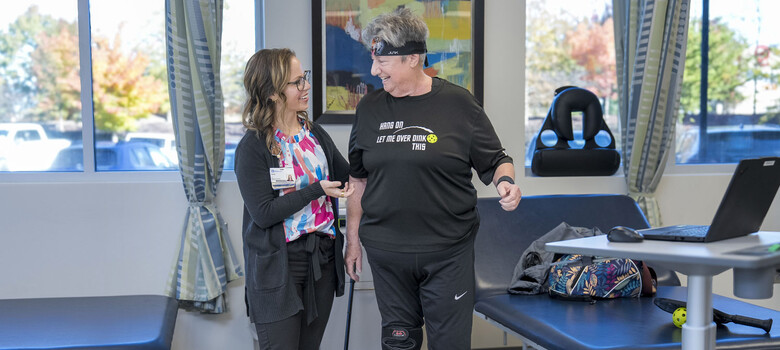 From the DukeHealth.org archives. Content may be out of date.
From the DukeHealth.org archives. Content may be out of date.
Maintaining Independence with Vision Rehabilitation
Verdina Gillette-Simms was only 18 when she was diagnosed with glaucoma. Over time, the elevated eye pressure associated with the disease damaged her optic nerve and left her struggling to see clearly. Now 56, Gillette-Simms considers herself fortunate. She's been able to maintain her independence thanks to the low-vision tools and techniques she learned at the Duke Eye Center's low-vision rehabilitation program.
Living with Glaucoma
"Every day is a different day," said Gillette-Simms about her life with primary open-angle glaucoma. "It could be clear today. The following day it could be cloudy."
Primary open-angle glaucoma is the most common type of glaucoma. In its severe stage, it elevates eye pressure and causes changes in the optic nerve. Over the course of the disease, it has robbed Gillette-Simmons of her central and peripheral vision in each of her eyes.
The gradual blindness is "what makes this [disease] so challenging," said Diane Whitaker, MD, an optometrist and vision rehabilitation specialist at Duke.
When looking for ways to help her patients live with low vision, Whitaker said, "We've got to identify where the deficits are and then maximize the part of the vision that works the best."
Navigating Tasks with Magnification Tools
For the past 10 years, Whitaker and Gillette-Simms have been working together to find those sweet spots. Whitaker's vision rehabilitation team set up Gillette-Simms with magnification tools to help her read, write, and continue working. Magnification is key when central vision loss is present, Whitaker explained. Objects need to be made larger and bolder so details can be seen better.
"We can't eliminate the bad spots that are permanently there from the disease, but we can magnify around them," she said.
Gillette-Simms has been magnifying images on a desktop unit and a portable unit and recently was gifted with a video magnifier, called a CCTV. Gillette-Simms can place any object beneath the machine's camera to increase its size and contrast. This will allow her to read documents, fill out forms, and even see her face better as she puts on make-up.

Access to Low-Vision Technology Is a Great Asset
Having access to tools, technology, and the professionals like those at Duke Eye Center has been a great asset, said Gillette-Simms.
"I continue to encourage myself. I thank the Lord on a daily basis for the sight that I have as I go on and move forward, and I continue to tell myself, 'Yes I can,' in spite of how I am seeing that particular day."




